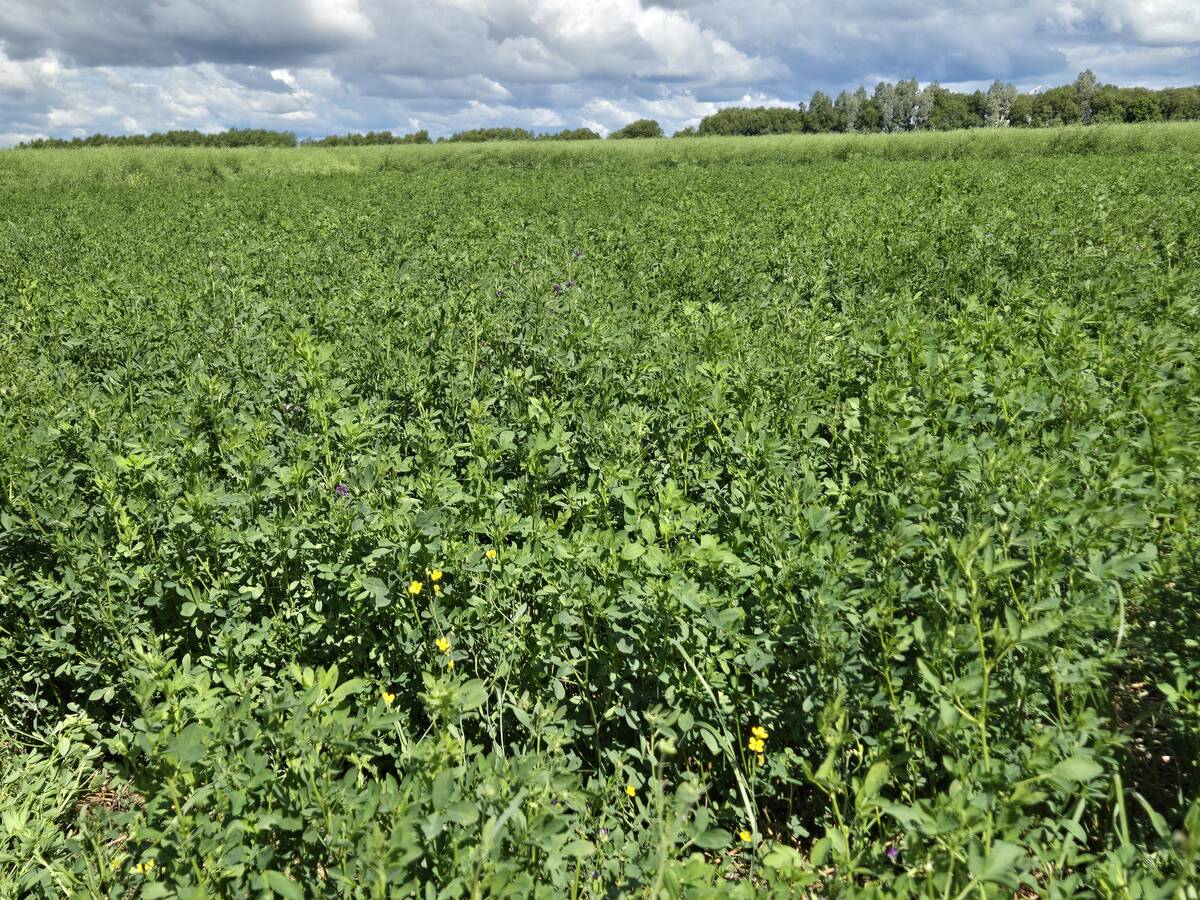It’s been a bean year in southern Saskatchewan, says Ray McVicar, a
special crops specialist with Sask-atchewan Agriculture.
It appears that irrigated bean farmers in the Lake Diefenbaker area
will have another successful year.
“Dry bean is not frost tolerant, so the dryland crops in the Saskatoon
and Rosthern areas were lost because of a mid-season frost,” he said.
“But the dryland bean crops elsewhere – mostly in southeast
Saskatchewan – look very good.”
Late seeding dates get the credit, he added. Beans cannot be seeded
Read Also

Manitoba Parkland research station grapples with dry year
Drought conditions in northwestern Manitoba have forced researchers at the Parkland Crop Diversification Foundation to terminate some projects and reseed others.
before May 25, so they avoided drought conditions in the spring. They
began to develop flowers and pods about the time the rain started.
“So because of later planting, the bean crops were able to take
advantage of much more favourable growing conditions. Late August and
September rains, however, made it difficult to get the crop cut in a
timely manner. Seed loss occurs if swathing takes place too late.”
Dry beans are the largest pulse crop in the world, but are relatively
new to Saskatchewan. As in most bean-growing areas of North America –
Manitoba, and North and South Dakota – the crop has been grown in wide
rows under irrigation, but only for about 10 years. Now Saskatchewan
researchers and growers are trying to develop a narrow row production
system for dryland conditions to allow the use of traditional cropping
equipment, such as air seeders, swathers and combines.
“To accomplish that, breeders are aiming for a plant with a more
upright structure that carries the pods higher off the ground, in
combination with an earlier maturity for Saskatchewan climate
conditions,” McVicar said.
“Although we currently have a couple of varieties that meet those
needs, we’re still in step one of developing a dry bean system.”
About 15,000 acres were seeded to dry beans in Saskatchewan this year,
mostly in the irrigated area near Lake Diefenbaker. The crop has a
longer history in Manitoba, where 300,000 acres were grown this year,
mostly dry land in wide rows. Alberta has about 60,000 acres this year,
mostly in wide rows in irrigated areas.
“Because of very wet conditions in Manitoba and North Dakota this year,
however, prices are remaining strong,” McVicar said.
“So we have high hopes for Saskatchewan’s crop.”
















